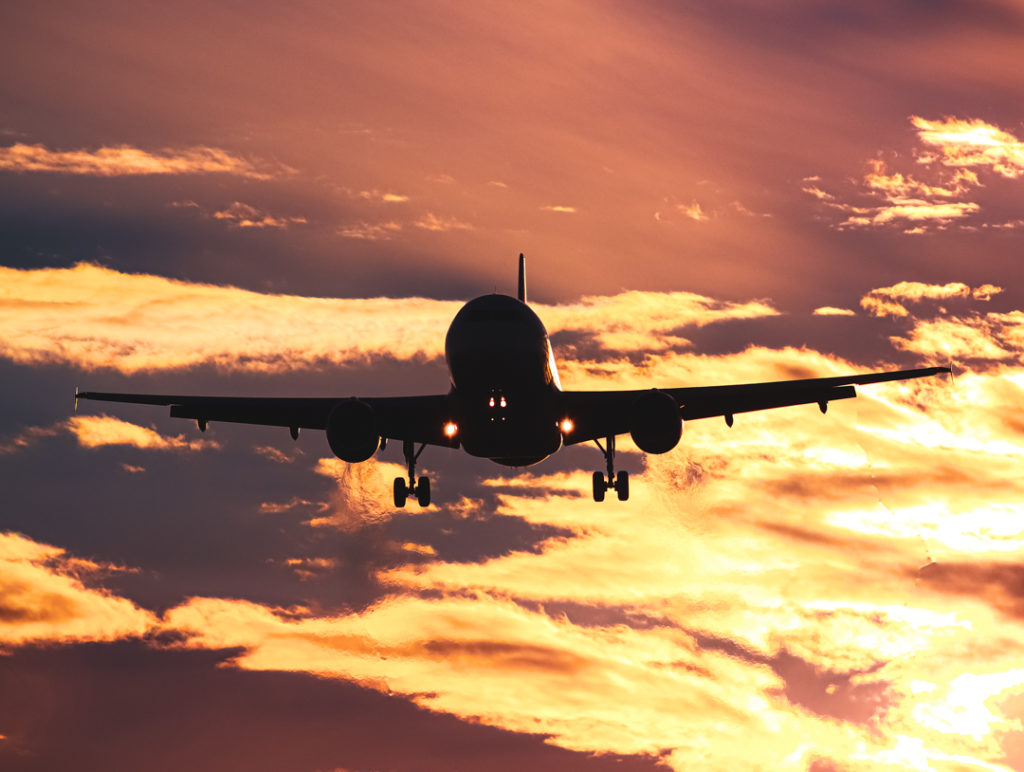Estimated reading time 7 minutes, 30 seconds.
A travel rebound is being forecast for the world’s airline industry in 2023, but challenges remain such as uncertainty over the economy and a shortage of pilots.
Airlines are expected to benefit from the pattern of consumers returning to the skies as post-Covid-19 travel demand continues to pick up, aided by China’s loosening of flight restrictions in January, according to credit rating agency DBRS Morningstar.
“On the other hand, the sector is highly sensitive to any macroeconomic downturn and declining consumer purchasing power. Considering these factors, we expect sector performance to remain strong during the first half of 2023, but the second half could be challenging,” said DBRS Morningstar in its 2023 outlook for the global airline industry.

The International Air Transport Association, a group that represents global carriers such as Air Canada and WestJet, is forecasting a profit of US$4.7 billion this year in the sector. That would mark the first annual profit since 2019, which saw a US$26.4 billion profit.
However, any profit would be a sharp contrast to the string of losses during the pandemic, notably red ink of US$137.7 billion in 2020, a US$42 billion loss in 2021, and a projected loss of US$6.9 billion in 2022.
“Even with changing patterns in the corporate world, such as a shift to hybrid working models and more in-person events, corporate travel is expected to recover in 2023, although we do not expect it to reach pre-pandemic levels any time soon,” said DBRS Morningstar. “The air cargo segment, which provided great support to sector revenues during the pandemic, has already started to normalize in 2022 with volumes back to pre-pandemic levels.”
Operational disruptions in late 2022 and early 2023 in North America left consumers angry.
Staffing shortages, notably for pilots, threaten to pose problems again this year, and while the industry is seeking to reduce bottlenecks, that also means increased costs for airlines, the credit rating agency said.
According to aircraft manufacturer Boeing, an estimated 602,000 new pilots, 610,000 new maintenance technicians, and 899,000 new cabin crew members will be required globally between 2022 and 2041.
The issue of hiring pilots is complicated by the need for them to be “type certified” on the proper aircraft.
“As airlines adjust their fleet mixes to meet demand, increasing numbers of pilots will be required to complete qualification or differences training,” said Boeing.
With the ongoing shortage of pilots, demand is expected to be strong for flight training by companies such as Montreal-based CAE Inc. “We see CAE as a clear winner as demand for pilot training is primarily driven by flying activity,” said Cameron Doerksen, an analyst at National Bank of Canada.
While he anticipates Canadian carriers to be positioned to benefit from travel rebound, he is also cautious about becoming too rosy.
“A potential recession in Canada could dampen demand and airfares in 2023,” he said in a research note.
Doerksen has been watching the price for jet fuel, noting that airlines have been able to pass on those higher expenses to passengers. However, should consumer demand falter and more seat capacity be added, airlines will have a more limited ability to pass on fuel price increases.
Scotia Capital Inc. analyst Konark Gupta said there remains pent-up demand for travel in Canada, which has trailed the United States when comparing the recovery in the airline industry in each country.
He noted that as the global airline industry continues to experience a rebound in air traffic and improved financial performance, there will naturally be a need for more pilots and aircraft.
Canadian airline Sunwing was unsuccessful with its attempt last year to hire foreign pilots to increase staff levels; the airline backed down after receiving pushback from its pilots and union leaders at Unifor. Sunwing has since suspended a handful of routes in an effort to relieve “operational constraints.”
Fitch Ratings Inc. pointed out that WestJet intends to shift its focus to its Western Canadian route network, while placing less emphasis on other parts of the country — such as competition in Toronto and Montreal against Air Canada.
“WestJet will also base its 787s in its Western hubs, and will pause delivery of any new 787s, instead focusing on growing its narrow-body fleet,” said Fitch.
The Greater Saskatoon Chamber of Commerce is dismayed by what it views as a disturbing trend of recent route changes. The chamber has asked Canada’s Competition Bureau to review Air Canada’s cancellation of its Calgary to Saskatoon route that took effect in mid-January. Meanwhile, WestJet has announced its decision to increase service between Calgary and Saskatoon, starting Feb. 16.
“The chamber believes Air Canada’s decision to abandon a longstanding and profitable domestic route, and cede ground to its closest direct competitor, is concerning and warrants the bureau’s intervention,” said the chamber in a statement.








